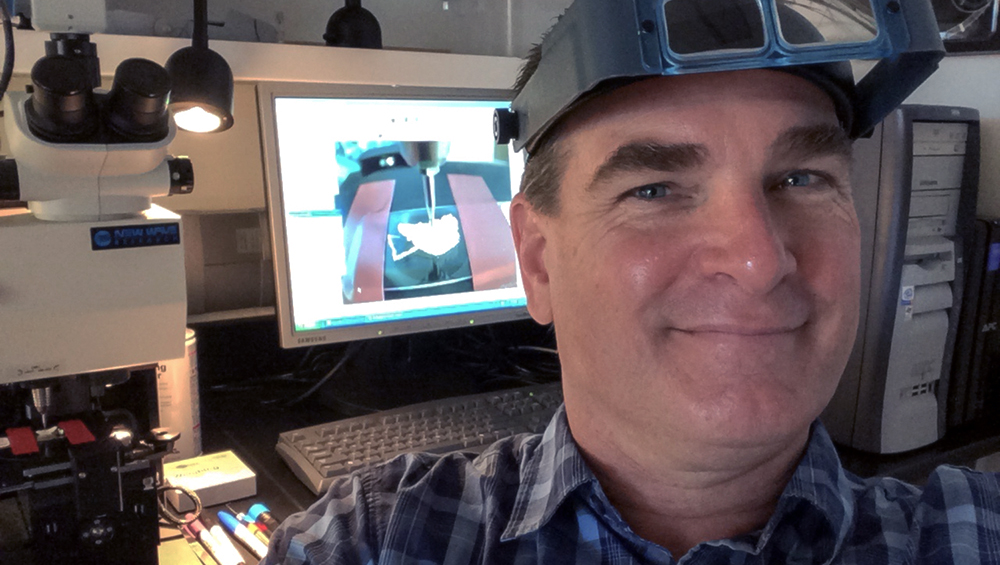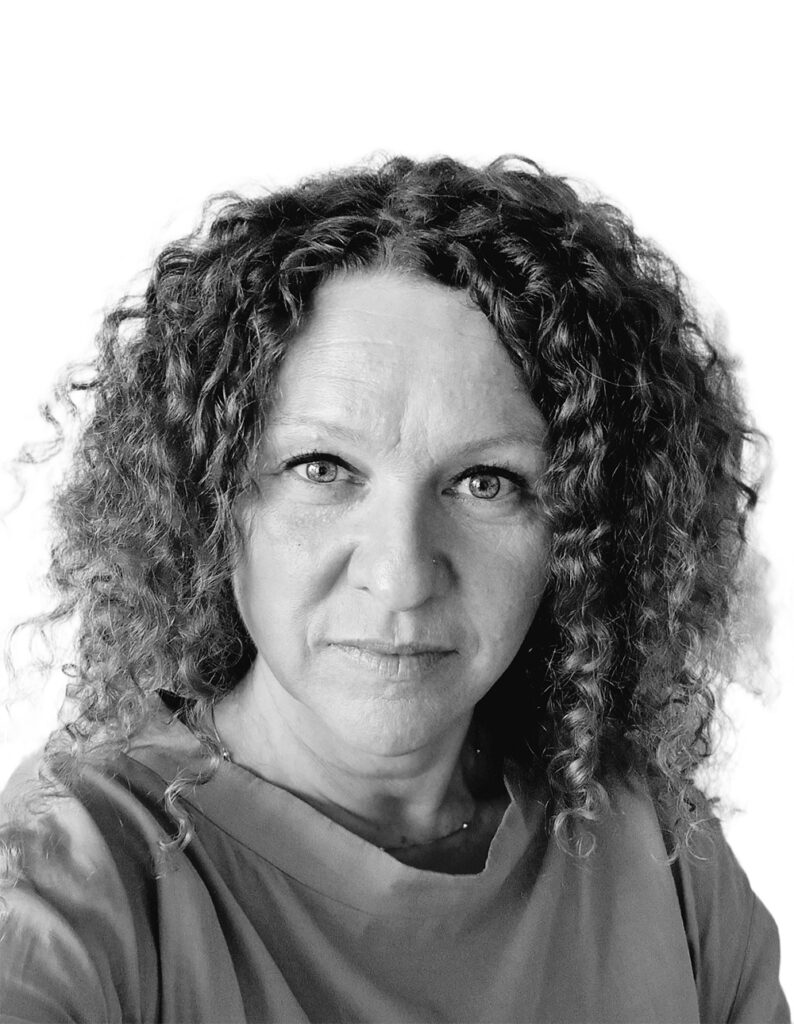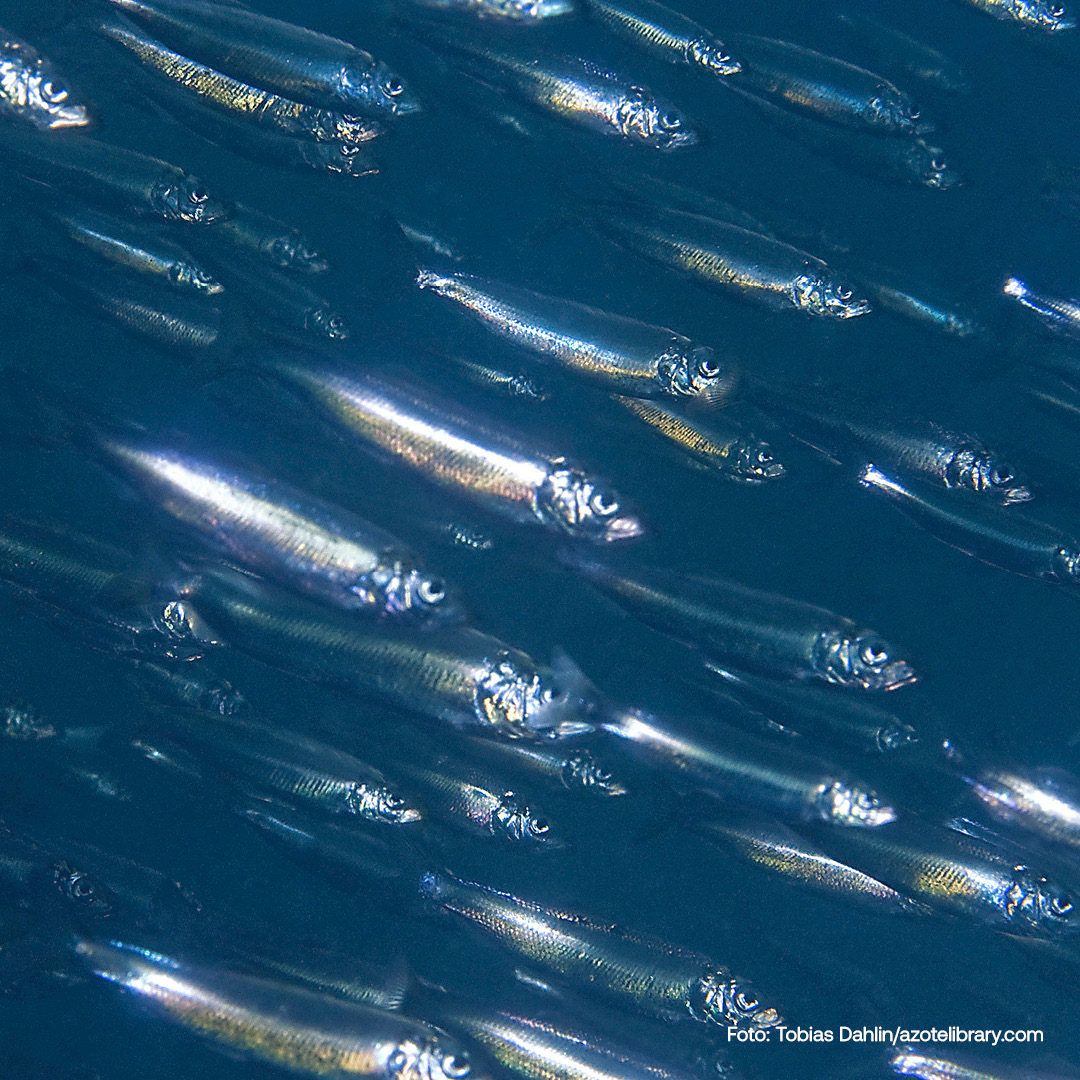We humans leave deep traces in nature, as Allen Hia Andrews can attest. He has spent a significant part of his professional life determining the age of fishes based on historical nuclear tests. Even today, in a sea far from the nuclear tests conducted by the USA and Russia in the 1950s and 60s, these events are visible in the otoliths, or ear stones, of Baltic Sea fish. But why does Allen devote his time to determining the age of Baltic fish? Isn’t that information already available? The answer is, well, not exactly. There is a lot of data on growth and age, but the big question is whether the data is based on accurate information. The age determination of fish has played a major role in fisheries biology and ecology research in the past century, in order to monitor and assess fish stocks for management and research purposes. Most stock assessment models are age based and individuals are subdivided into cohorts, i.e. groups of fish born in the same year within a population or stock. If the information is wrong, and the fish are older or younger than estimated, it has significant consequences for how fish stocks are managed, harvested, and ultimately their long-term sustainability.
The consequences of incorrect age determination can be devastating.
– In the mid-1980s, there were large populations of orange roughy off the coast of New Zealand and Australia. When they were discovered, enormous quantities were fished until the number of fish rapidly declined. Fishery management had determined the age of orange roughy to be a maximum of 20-30 years, but the truth was that they could live for well over 100 years, says Allen, a research fisheries biologist and guest researcher at SLU Aqua.
How did this happen? A common way to determine a fish’s age is to examine its otoliths and count the annual rings. In the case of the orange roughy, there were small growth zones that were difficult to interpret in the otoliths, and the result was depleted populations
What is an otolith?
In the inner ear, there are crystalline accretions of calcium carbonate. Unlike resorbed bones, such as the skeleton, otoliths are not rebuilt and are conserved over time. Instead, otoliths grow in line with the fish, forming annual rings, much like those found in trees. Information about the fish’s environment is stored in the otolith, from the time it is born until it dies
The method that Allen is dedicated to, and which has contributed to him determining the age of fish species around the world, is called bomb radiocarbon (carbon-14) dating. It is based on information in the otolith that may correlate with annual rings as a marker from nuclear testing.

Allen Hia Andrews using a micromill to sample otoliths. Photo: Allen Hia Andrews
The nuclear tests conducted in the 1950s and 60s created a carbon-14 signal that traveled up into the stratosphere, circulated around the globe, and then returned to the troposphere and into the aquatic ecosystem. This signal is stored in biogenic carbonates, such as hermatypic corals (reef-building corals), where the signal is measured in the clearly visible annual growth bands. The same signal is seen in fish otoliths because the carbon comes from the same source – dissolved inorganic carbon of the waters in which they live. The carbon-14 signal in the otolith shows a pattern over the years that resembles the carbon-14 curve in the atmosphere. By looking at the core of the fish’s otolith, in other words, the fish’s earliest years after hatch, and comparing the otolith signal with the reference carbon-14 curve (coral or known age otoliths), the fish’s age can be determined.

Figure: The y-axis shows the change in carbon-14, with 0 as a baseline from a measured standard. The solid black line shows the change in carbon-14 in the atmosphere in the northern hemisphere over time. It is clear that changes in carbon-14 increase significantly at various times in the 1950s and 60s due to atmospheric nuclear tests. The other curves in the figure show changes in carbon-14 over time in different aquatic environments. The curves for the different environments reflect the change in carbon-14 in the atmosphere. The lowest curve (dotted) represents changes in carbon-14 in the northwestern Atlantic. It is an environment where deep water mixes with surface water, which reduces the carbon-14 curve. The Baltic Sea may be similar to the blue line with data points for freshwater lakes of North America with a strong carbon-14 curve because the drainage basin carries carbon-14 as it flows from land to sea. By matching the carbon-14 signal in the core of the fish’s otolith, and comparing it with the carbon-14 curve for the environment in which the fish grew up, the fish’s age can be determined very precisely and ages from counting otolith rings can be tested for validity

Francesca Vitale
Francesca Vitale, a researcher at the Department of Aquatic Resources at SLU Aqua, works on fishery stock assessments, among other things. Francesca has initiated the project “Understanding the life histories of small pelagic fishes for knowledge-based management decisions and a healthier Baltic Sea environment” which was granted funds by BalticWaters through the Program to fund research projects and pre-studies.
– The age structure of fish populations is an incredible important input information in stock assessment. We know a lot about the age of herring and sprat, but the problem is that we don’t know if the knowledge is correct, as it is based on assumptions about the accuracy of the counting method, says Francesca.
In addition to looking at otolith annual rings, there are other methods to try to determine the age of fish. Tagging and recapture are an example, where the fish is measured and weighed and then tagged and released. Upon recapture, researchers gain information on growth since tagging.
– The problem with tagging is that we only get an idea of growth between two given points in time, but no information about age. Bomb radiocarbon dating, on the other hand, gives us an absolute age, says Francesca.
However, it’s important to be cautious. The potential of this method is significant but must be assessed from region to region due to differences in environmental carbon-14 over time. But already, Allen and Francesca see that carbon-14 levels correlate among several fish species in the Baltic Sea, indicating that the method works.
The goal of the project is to establish a reference set that will ultimately contribute to accurate and consistent fish age determination. It will also make it possible to monitor changes in the population’s age structure over time and can be used to make informed management decisions.
– Accurate age determination also allows us to monitor strong recruitment years and fish populations sustainably. Accurate age determination is a prerequisite for sustainable fisheries management. My hope is that what happened with the orange roughy off the coast of New Zealand and Australia will not happen again with other species, says Allen.

What is going on within the project right now?
Estimates indicate that herring in the Bothnian Bay can reach 20 years of age, which is unique as herring in other seas typically live to be 10-12 years old. Currently, Allen and Francesca are awaiting results from 60 otoliths (30 from herring and 30 from sprat) that are being analyzed in Switzerland at the Laboratory of Ion Beam Physics (LIP) of ETH Zürich to determine their carbon-14 content. If you want to learn more about the project, check out Allen’s presentation about it, which he presented at the 7th International Otolith Symposium in Chile in mid-October. You can find the presentation here.

“Understanding the life histories of small pelagic fishes for knowledge-based management decisions and a healthier Baltic Sea environment” is carried out by SLU Aqua. The project received a grant of SEK 991,900 from BalticWaters’ program to fund research projects and pre-studies.

